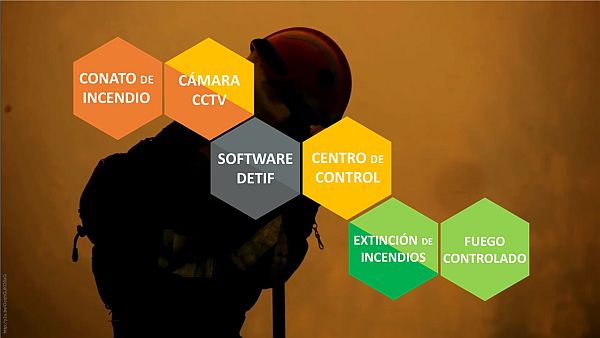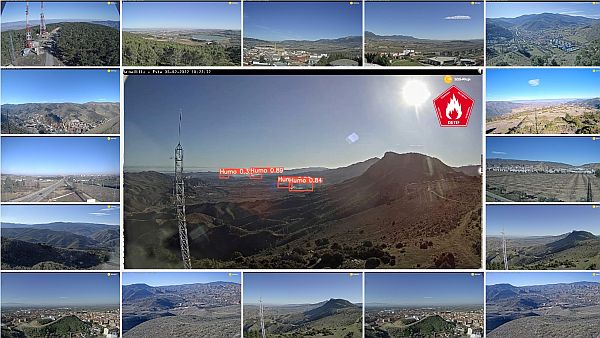DETIF
Early Detection of Widlfires
Artificial intelligence (AI) is revolutionizing the way we live and work. In general terms, we can refer to AI as the simulation of human intelligence by machines. In other words:
Artificial intelligence is a discipline that tries to create systems capable of learning and reasoning like people.
Imagine a machine that organizes your home the way you like it, or that automatically buys the products that you usually consume the most based on your past consumption and your tastes (examples: Just-Eat, your supermarket card, etc...), or that suggest what to watch on television or on the internet based on your history (examples: Netflix, Amazon Prime, Youtube, Spotify, etc...) or serve your friends' favorite soft drinks during a party without asking them. That is, a device that carries out the activities that you do daily.
Through artificial intelligence, machines can learn, reason and solve problems
Artificial intelligence works by combining large amounts of data with fast, iterative processing, as well as intelligent algorithms, which allow software to automatically learn and identify patterns. The goal of AI is to create systems that can function intelligently and independently of humans. AI has the ability to analyze, understand, process and reproduce previously learned information.

Currently, artificial intelligence is classified into 4 types: purely reactive (they do not have the ability to form memories), limited memory (they store and use memories to make decisions), theory of mind (they can emulate the learning process that people) and finally, self-awareness (they are aware of themselves). However, this last step in the hierarchy proposed by the scientific community has not yet been developed.
How can artificial intelligence protect our natural heritage?
AI is designed to work with humans and make their daily tasks easier. To do this, we must train our neural network with data related to wildfires. DETIF has developed a neural network capable of detecting incipient smoke from the incomplete combustion of a fuel (grass/weeds, leaves, branches, etc.) prior to the fire, trained with an extensive database of images of fire outbreaks.
The learning of the neural network is based on training, verification and testing with databases of independent and non-repeated wildfire images. This database has more than 50,000 images with fire events in which the action of fire extinguishing means is necessary and urgent.

DETIF software has a high success rate thanks to the training and validation process of the database provided to the neural network for the detection of 100% of real attempts. The detection of false attempts in the images offered is also a characteristic of artificial intelligence, however, the continuous improvement of the artificial intelligence system will reiterate its ability to learn iteratively, thus increasing its success rate.
Our objective is to reduce as much as possible the number of hectares burned by fires.
Our job is to offer an automatic wildfire early detection system to surveillance networks as a complement and reinforcement of their hard work at a competitive price.